Welcome to the right place if you’re starting your SEO journey.
Whether you’re brand new to SEO or know all the tricks but still can’t get traffic (96.55% of content never gets traffic from Google), I’m here to help you out.
My SEO journey began 7 years ago.
Like many others, I felt completely overwhelmed by information overload and confusion.
It took me a full 2 years to finally understand the core concepts that actually matter – the ones that brought real results to my blog.
Yes, a whole 2 years!
Why did it take so long?
There are many reasons, but here’s the simple answer: complexity.
In this article, I’ll break down the SEO mysteries and show you how to win at it.
Decomplicating SEO

Before diving into SEO (or any topic), getting your mindset right is crucial. Your mindset shapes how you think, approach, and view things.
This matters a lot. I learned it the hard way.
Here’s a fact that completely changed how I see things:
In any field, whether it’s SEO, physics, chemistry, or anything else, there’s a tiny fraction of knowledge – about 4% – that actually drives 96% of the results.
That’s right, just 4%!
This means you need to focus on the top 20% of that 20%, honing in on the most crucial concepts that will make a real difference in your career.
I’m here to help you identify and master that vital 4% in SEO – the concepts that lead to 96% of web traffic.
By guiding you through these key areas, I aim to streamline your learning process and accelerate your growth in the SEO field.
Getting started
Before diving into the specifics, it’s crucial to understand the structure of SEO knowledge.
Start with the basics:
- What is SEO
- What are keywords
- Link building
- Other fundamental concepts
I find this structure to be the most fruitful for people new to SEO.
The first item on the list is what is SEO.
A simple Google search on ‘What is SEO’ can lead you to a wealth of resources to kickstart your understanding.

Next, draft your own learning curriculum based on your survey of the industry.
Explore SEO courses, books, and content to get a grasp of how information is structured in this field.
This will help you create ‘mental buckets’ to organize and retain your learnings more effectively.
These following sections will help on you on this.
Surveying the SEO landscape
When starting on your SEO journey, the first step is to build a solid foundation.
Without a solid foundation, advanced concepts will be of no help to you.
So start by learning the basics – think of it as setting the base for your SEO knowledge.
You might be wondering, “What exactly are the basics?”.
Well, it includes understanding how Google works, what keywords are, the role of backlinks, and other essential terminologies.
These are the building blocks of SEO.
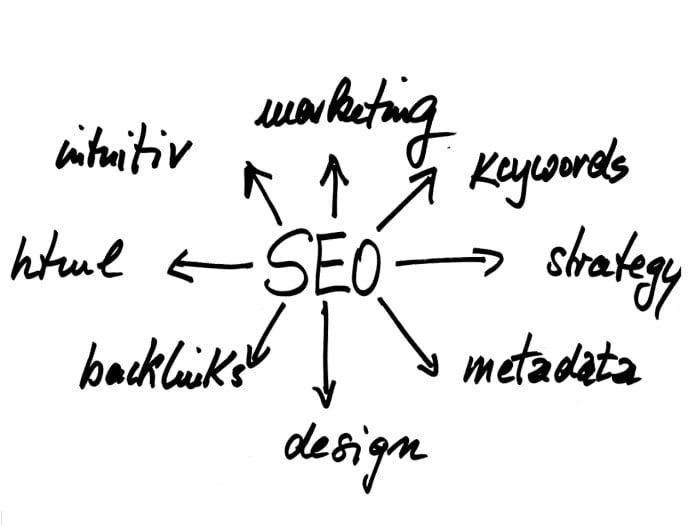
The basics is about seeing the big picture of SEO – understanding how all the pieces connect together.
It’s not just knowing terms. It’s seeing the connections between them. Because everything in SEO is interlinked.
Studying concepts in isolation? Recipe for failure!
You need to connect the dots and blend different concepts into a cohesive whole.
Once you understand the basics, structure your learning journey.
When most people think of structure, they imagine a fixed roadmap.
But this isn’t about blindly following someone else’s course.
It’s about creating your own curriculum that fits your specific needs.
How?
Look through SEO book tables of contents, browse course outlines on Udemy, and get familiar with what knowledge exists in this field.
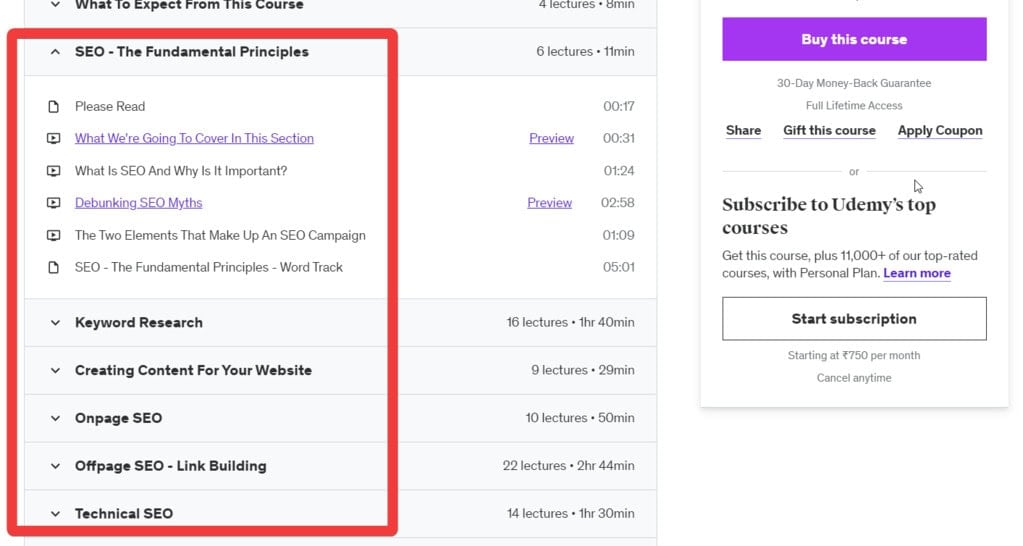
- As you map out your curriculum, pay special attention to the concepts that seem most challenging.
- Underline these, as they will require more focus. Identifying these areas early on allows you to allocate more time and resources to overcome them.
- Once you’ve identified the challenging areas, it’s time to dive deeper.
- Start by consuming one or two pieces of content – be it blog posts, videos, or podcasts – on these topics. The goal here is to get a clearer understanding and start breaking down the complexities.
By the end, you’ll have a framework you can follow to master SEO.
For writing down your own learning curriculum, you can make use of various mind mapping applications like Mindnode or XMind or outlining applications like Dynalist.
Top 4% SEO Concepts
Now let me introduce you to some top 4% concepts in on-page SEO that make a 96% difference for you.
Keyword research
At the heart of SEO lies keywords. These are the terms and phrases that people type into search engines when looking for information.
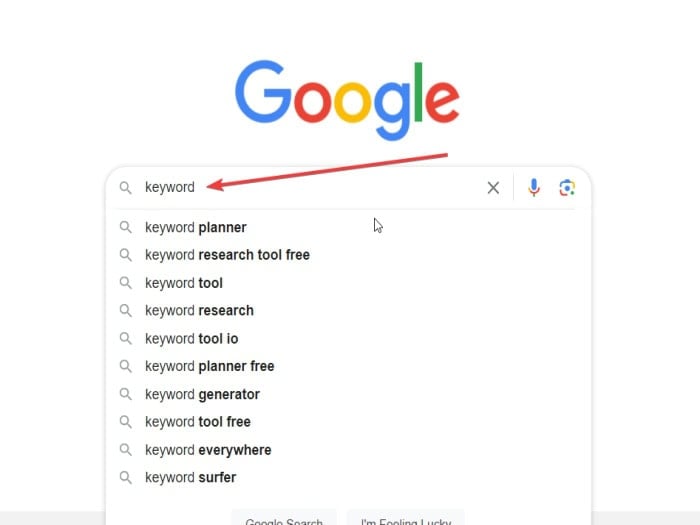
When you search for “SEO”, it is counted as a keyword. When you search for “how to learn SEO”, it is also counted as a keyword (long tail keyword).
Understanding what keywords are and how they work is fundamental to any successful SEO strategy.
Not all keywords are created equal though.
Your goal?
Find keywords with high search volume but low competition – these are content gaps waiting to be filled.
Think about it – in any business, fulfilling unmet demand leads to profit, right?
Here’s a real example: When researching “best binoculars,” I discovered “best binoculars for hunting” had low competition with a low KD score (KD measures ranking difficulty in Google’s top 10).
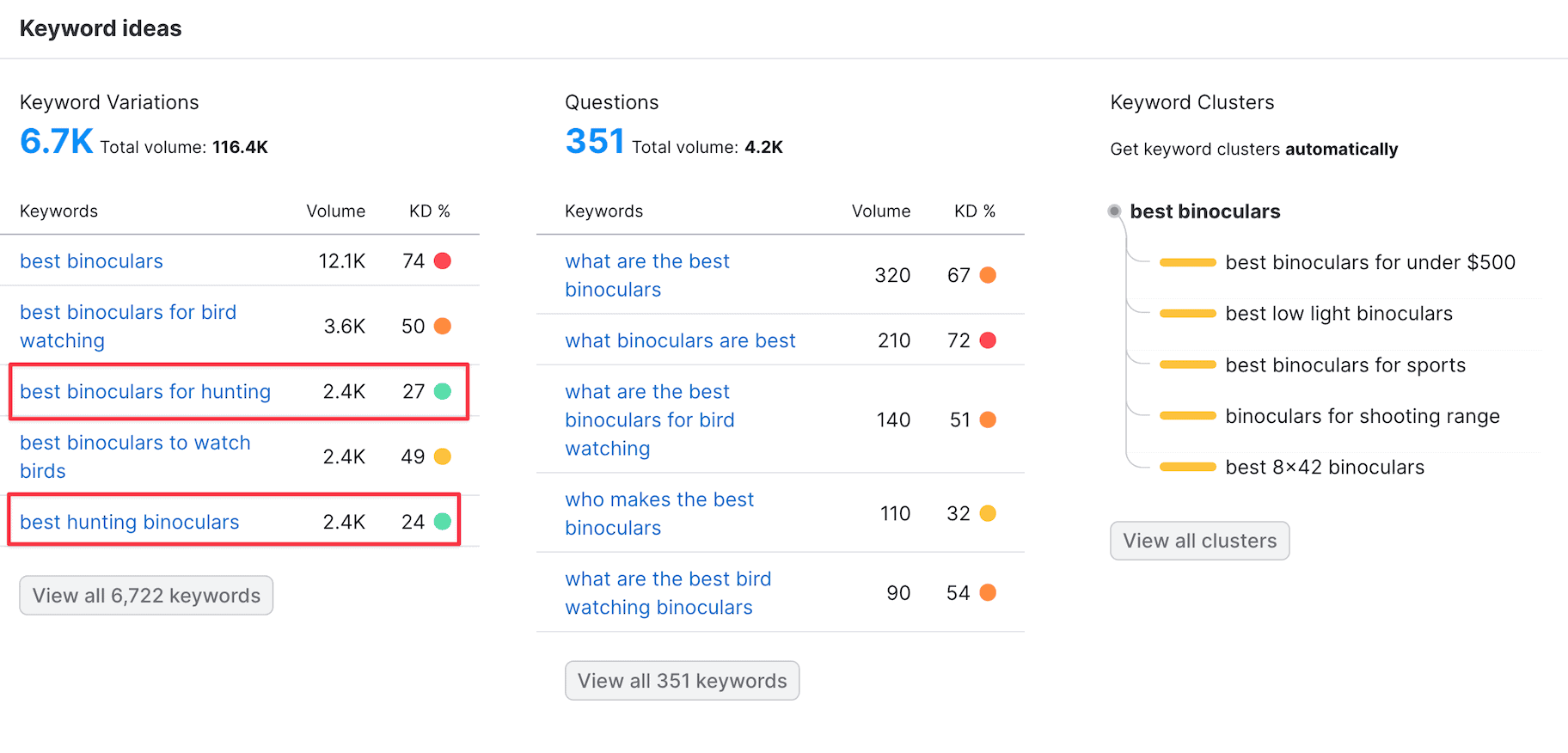
By targeting these keywords, you’re more likely to rank higher on search engine results pages (SERPs) as you’re fulfilling an unmet need.
To find keywords that are easy to rank for, you can use tools like Semrush or Ahrefs.
With these tools, you can discover those sweet spots where many people are searching but few websites are providing answers – that’s your SEO goldmine.
But here’s the good news: you don’t have to buy a tool just yet.
You can do effective keyword research without spending money on premium tools.
Just use Google Autosuggest, the “People Also Search For” feature, and Google Trends for finding keyword ideas.
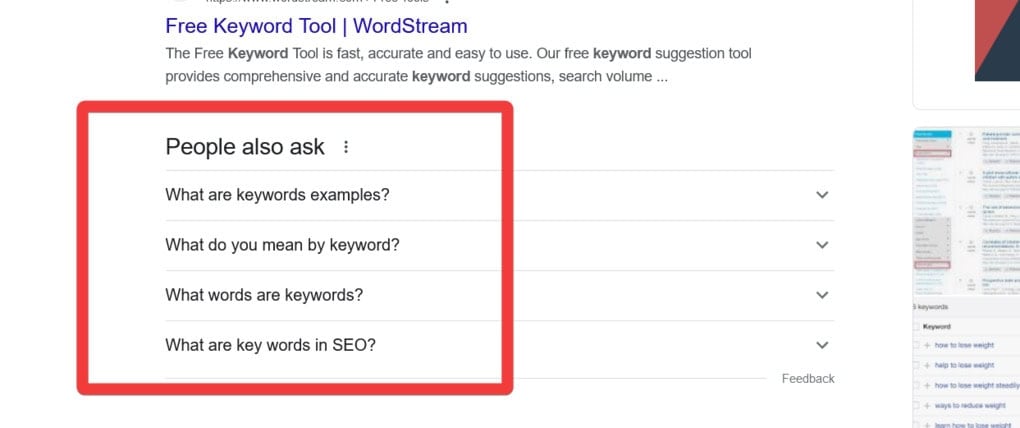
These free features give you a peek into what people are actually searching for right now.
Try this: search on Google for keywords related to your topic. Take a good look at what kinds of sites are ranking on the first page.
If you see low-authority sites or forums ranking well, that’s a clear sign the keyword has low competition. This means you can rank easily!
Another powerful strategy is competitor analysis. Using tools like Semrush and Ahrefs, you can see exactly which keywords your competitors are ranking for.
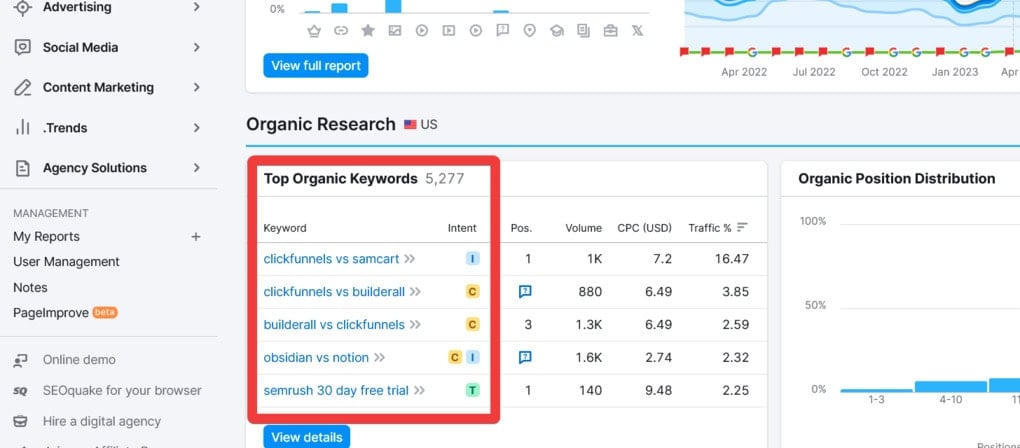
If your competitors are winning with certain keywords, and their site authority matches yours, these keywords could be perfect opportunities for your SEO strategy.
When you target areas with high demand but low competition, you put your content in a prime position to be seen in search results.
Want to boost your topical authority?
Don’t chase random keywords. Instead, identify all the sub-niches within your specific niche.
Pick 10 to 20 keywords within a particular sub-niche and build a cluster/silo of blog posts around those keywords.
Publish these posts in bulk and link them together internally.
This simple approach will seriously enhance your topical authority.
Keyword optimization
The next basic concept in SEO is keyword optimization.
How well you optimize your page for a particular keyword directly impacts how high it will rank in search results.
Back in the day, keyword optimization meant stuffing your pages with keywords. And surprisingly, it worked like magic.
But those days are gone.
Today, keyword optimization isn’t about randomly sprinkling keywords throughout your content.
It’s a strategic process that starts with picking the right topic and understanding what searchers really want.
Your main job?
Make sure your content matches what people are actually searching for.

When writing an article, your main keyword is your north star. Make sure it appears in your title, permalink, and the first paragraph.
But there’s more to it.
Don’t just focus on one keyword.
Optimize for the entire topic and what the searcher really wants.
Use different versions of your main keyword and related phrases to create content that covers the topic completely.
This makes sure your content isn’t just stuffed with keywords but actually relevant to the topic.
Beyond keywords, you need to focus on content because content is king.

Your content should read naturally, with keywords fitting smoothly into your writing.
This creates a better reading experience while still following SEO best practices.
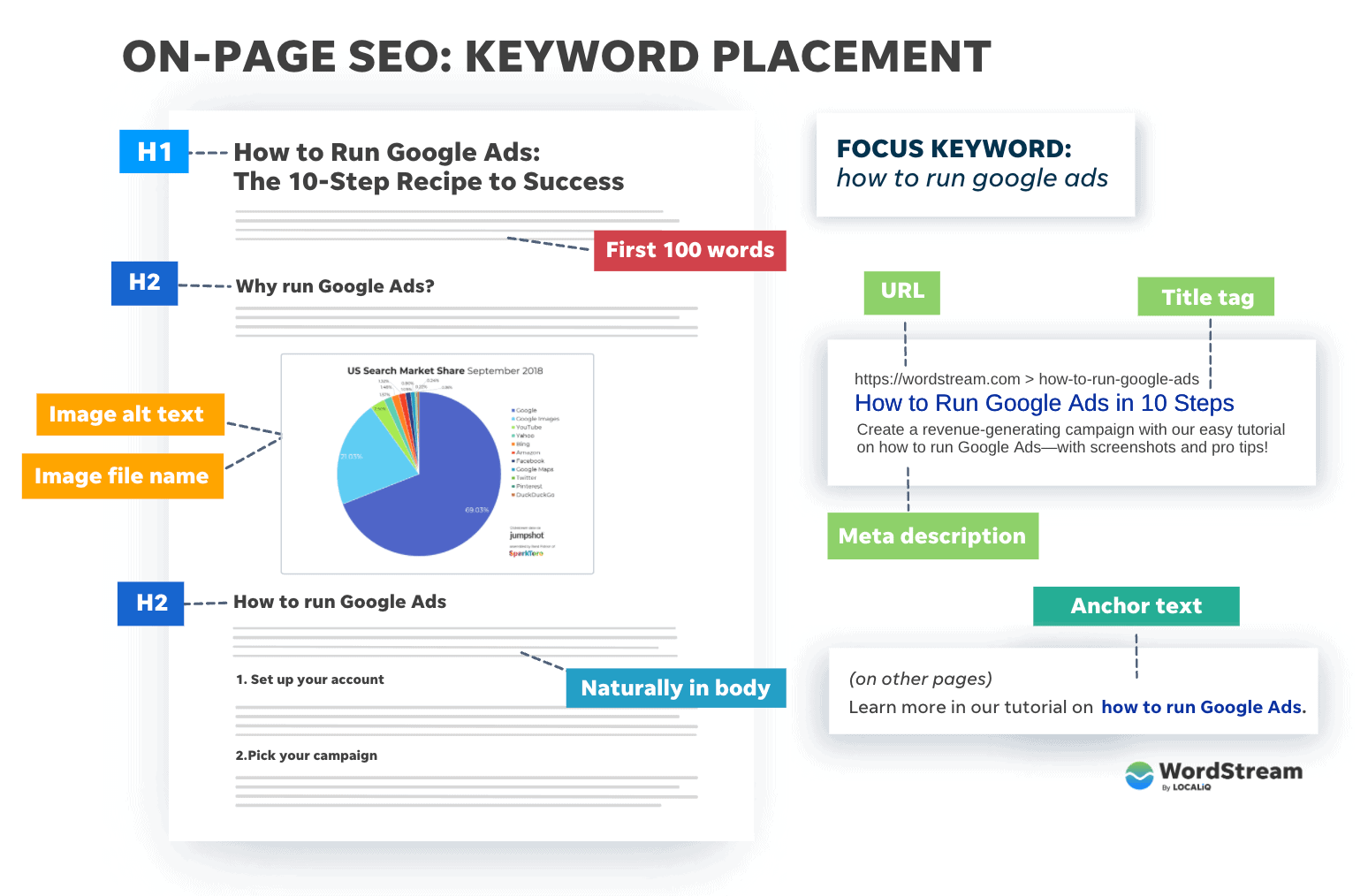
Here are the action steps:
- Identify your main keyword: Start by pinpointing the primary keyword that best represents the topic and intent of your article.
- Research keyword variations: Use tools like SEMrush, Ahrefs, or Ubersuggest to find relevant keyword variations.
- Analyze searcher intent: Understand the underlying intent of search queries related to your topic.
- Strategic placement: Integrate your main keyword and its variations in the title, permalink, first paragraph, and throughout the content.
- Natural usage: Ensure that the use of keywords feels natural and enhances the readability of your content.
Remember, keyword research is about understanding and responding to your audience’s needs. It’s a blend of strategic placement, topic relevance, and creating content that genuinely adds value to the reader’s experience.
Internal linking
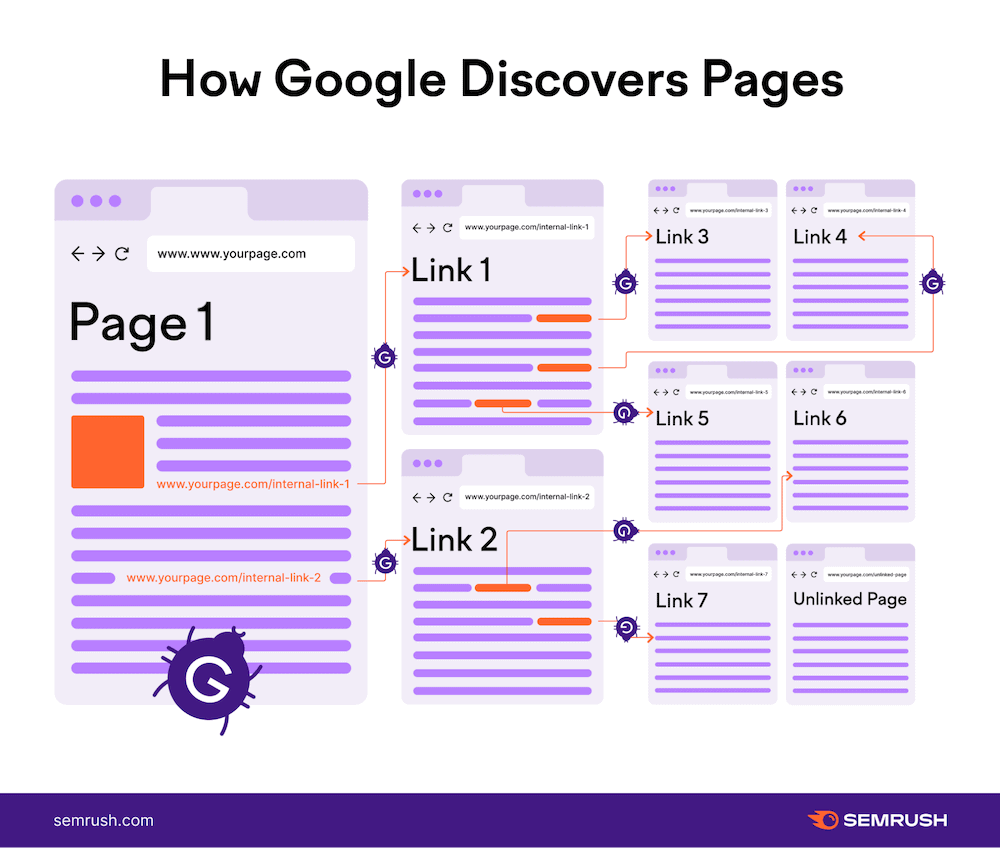
Internal linking is a powerful yet underestimated SEO component. It creates connections between pages on your website.
Benefits of internal linking:
- Distributes page authority throughout your site
- Aids in website navigation
- Enhances the overall user experience
By linking related content (like an iPhone review to an Apple history post), you provide extra context and value to readers.
This keeps visitors engaged longer and helps search engines understand relationships between your content.
Internal linking creates a clear, hierarchical site structure that helps search engines crawl and index your website more effectively.
This leads to better visibility in search results.
Remember to regularly update your internal links. When you add new content, revisit older posts to include links to newer content where relevant.
💡 Read: Internal Linking for SEO
User Experience Optimization
Over the years, Google has focused significantly on providing a good user experience. Its algorithm updates, starting with Panda in 2011 and ending with the Spam Update in 2021, have always explicitly prioritized user experience.
Thus, you need to optimize your content for user experience.

User experience optimization or UXO is all about creating a website that’s not just informative but also enjoyable and easy to use.
In the context of SEO, UXO plays a crucial role.
It’s about ensuring that visitors not only find your site but also stay, engage, and return.
A positive user experience like this can signal search engines like Google that your site is valuable, thus improving your SEO rankings.
Here are some actionable strategies to improve UXO:
- Website design and layout: A clean, intuitive design makes navigation effortless for users. Ensure that your content is easily accessible, with a layout that’s both aesthetically pleasing and functional.
- Content readability: Including large walls of text can be daunting for the users especially on mobile screens! Break your content into smaller paragraphs, use bullet points, and include headings and subheadings for better readability.
- Visual appeal: Incorporate images, videos, and infographics to make your content more engaging and easier to understand. Visuals can break the monotony of text and help explain complex concepts more effectively.
- Loading speed: A slow website can frustrate users and increase bounce rates. Optimize your site’s loading speed by compressing/optimizing images, leveraging browser caching, and reducing server response time.
- Mobile responsiveness: With the increasing use of smartphones for browsing, ensure your site is mobile-friendly. A responsive design adapts to different screen sizes, providing a seamless experience across devices.
- Interactive elements: Interactive features like quizzes, polls, or calculators can enhance user engagement and provide additional value to your audience.
To measure and improve user experience, there are several strategies you can implement.
One of the key approaches is to use analytics tools like Google Analytics.
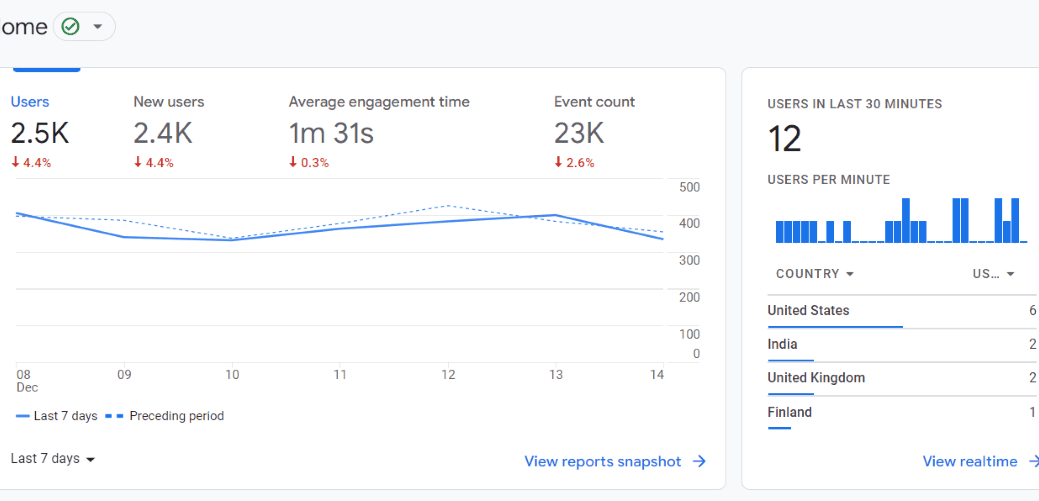
These tools provide valuable insights into user behavior on your site, allowing you to track metrics such as bounce rate, time on site, and pages per session.
If you have a high bounce rate, it’s an indication that your user experience is poor.
By analyzing these data, you can gain a better understanding of how users engage with your website.
In addition to analytics, gathering direct feedback from users is crucial for improving UXO. This can be done through surveys or feedback forms, where users can share their thoughts, preferences, and suggestions about your site.

By actively seeking feedback, you can identify areas for improvement and make informed decisions to enhance the user experience.
Another effective strategy for UXO is continuous testing and optimization.
Regularly testing different aspects of your website, such as layout, content, and call-to-actions, allows you to identify what works best for your audience. A/B testing, for example, can help you compare different versions of your website and determine which one yields better results.
By constantly iterating and optimizing your site based on user feedback and testing, you can create a seamless and enjoyable user experience.
E.E.A.T
It’s not a misspelling. You read that right. It’s double E, A, T – the new concept SEO pros must master.
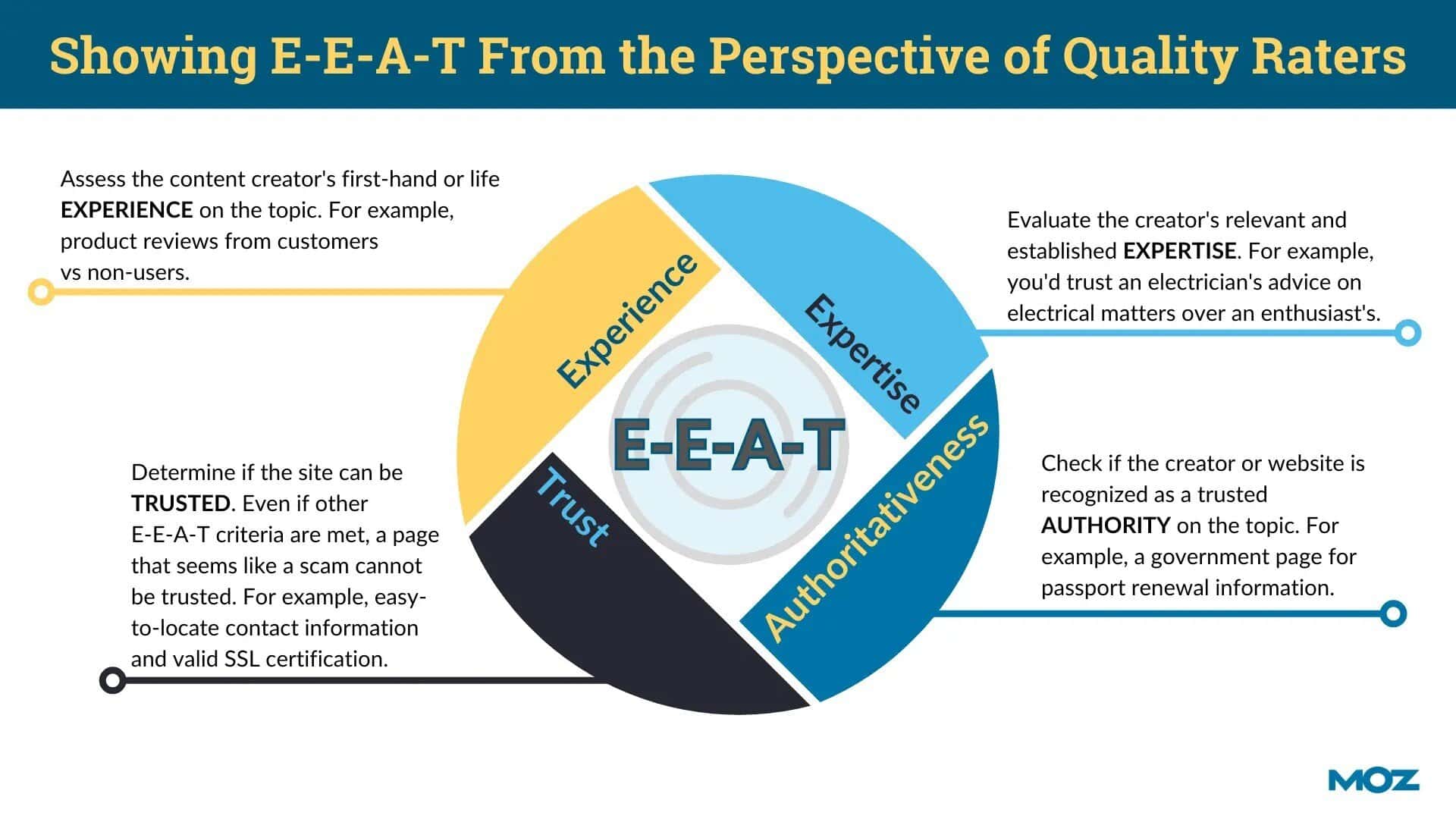
EEAT stands for Experience, Expertise, Authority, and Trustworthiness. This framework is used by Google to evaluate the quality of content on the web.
It’s a part of Google’s Search Quality Rater Guidelines, not a direct ranking factor, but crucial for content assessment.
Key aspects:
- Experience: This is about having real, hands-on experience with what you’re talking about. If you’re reviewing a product, you should have actually used it.
- Expertise: You need to really know your stuff. If you’re talking about a topic, you should have deep knowledge about it.
- Authority: This is about being a go-to person in your field. People should see you as a reliable source of information.
- Trustworthiness: Your content must be honest and accurate. If it’s not trustworthy, it doesn’t matter how experienced or expert you are.
Conventional Google guidelines have always emphasized EAT (Expertise, Authoritativeness, and Trustworthiness) as the cornerstone for content quality assessment.
Recently, Google has expanded by additional element, “Experience,” thus evolving EAT into EEAT.
This change reflects Google’s commitment to recognizing not only formal expertise but also the value of firsthand experiences in content creation.
To ensure your content meets Google’s quality standards, focus on writing great blog posts that demonstrate your expertise and experience.
Link building
So far, we have covered some really effective on-page SEO optimization techniques. Now, let’s shift our focus to important off-page SEO techniques. Although there are numerous off-page SEO techniques, we will be highlighting a few of the most important ones.

You’ve learned about internal links. But for SEO success, you need other websites linking back to you.
In SEO, backlinks are crucial for determining your website’s quality and authority.
What exactly are backlinks?
And how can link building improve your visibility?
Backlinks are simply links from external websites pointing to yours.
Think of them as votes of confidence from other sites.
Google’s PageRank algorithm counts these links. The more links pointing to your page, the more valuable it becomes.
When high-authority websites link to your content, it signals to Google that your content is valuable and trustworthy. Learn more about how to acquire natural backlinks and various ways to build quality backlinks.
Now that you understand the significance of backlinks, let’s explore some strategies for effective link building:
- Publishing content that attracts links: Create high-quality, informative content that naturally attracts backlinks. Share your content on social media, reach out to influencers or thought leaders, and engage with relevant communities. The more exposure your content receives, the greater the chance of others linking to it.
- Guest Blogging: Write high-quality guest posts for reputable websites in your industry. In return, you can include a link back to your own website within the content or author bio. This not only helps you gain exposure to a larger audience but also earns you valuable backlinks.
- Skyscraper Technique: Identify popular content in your niche and create even better, more comprehensive versions. Reach out to websites that have linked to the original content, informing them about your improved version. This strategy increases the likelihood of them linking to your content instead.
- Broken Link Building: Find broken links on other websites within your industry. Reach out to the website owners, notifying them about the broken links and suggesting your own relevant content as a replacement. This approach allows you to help them fix their website while acquiring valuable backlinks for yourself.
For more detailed guidance on building your site’s authority, check out my guides on acquiring natural backlinks and various ways to build quality backlinks.
While link building is essential, it’s crucial to prioritize content quality.
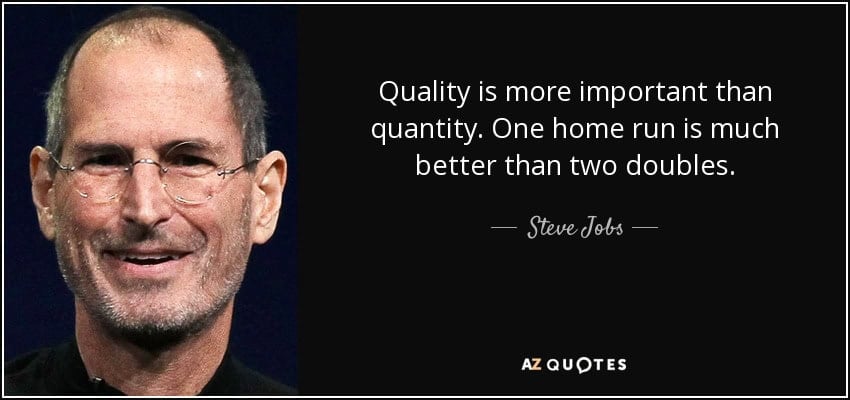
Backlinks alone won’t sustain your website’s ranking if the content fails to engage and satisfy your audience.
Focus on creating valuable, informative content that addresses the needs and interests of your target audience. When your content is of high quality, other websites are more likely to link to it organically, further boosting your SEO efforts.
Social media signals

The last concept is utilizing social media signals to enhance the visibility of your website or blog.
Google has affirmed that social media is not a ranking factor, but there is enough evidence that confirms social media impacts SEO.
To leverage social media signals, you need first to create social media profiles and actively encourage people to share your articles.
For this, you can incorporate social sharing buttons on your website to make it easier for readers to share your content.
Additionally, you can consider using social locker plugins, which allow you to lock a certain part of your content and require users to share it on social media in order to unlock the content.
This strategy can help increase social media engagement and expand the reach of your content.
By effectively utilizing social media signals, you can enhance the visibility and exposure of your website or blog, attracting more organic traffic and potentially improving your SEO performance.
You can refer to my comprehensive guide to further enhance your understanding of driving traffic to your blog.
Wrapping up
Until now, you have been passively consuming information as I explained concepts and you read.
However, it’s time to put all the learnings from this blog post into action.
Start by reading some blog posts, doing research, and implementing things proactively based on your objectives.
If you’re interested in blogging, you can start your own blog by finding a hosting provider and installing WordPress. Implement the things you have learned on your site.
If you’re looking for an SEO-related job, consider getting an internship at a reputable SEO agency. This will give you valuable experience in handling diverse websites with different perspectives.
Be an action-taker and make a significant impact. That’s all for now.







